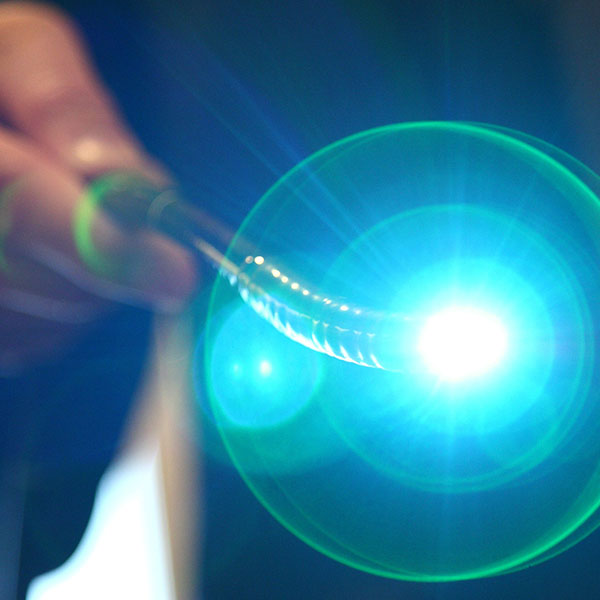A novel endoscopic device for the acquisition of high resolution, polarization-resolved images of tissue allowing improved cancer detection
Proposed Use
- This surgical device is intended for explorative endoscopy procedures for pathological tissue examination.
- The device may be applied in laryngoscopy (or arthroscopy/ laparoscopic) procedures
Problem Addressed
Surgical endoscopy plays a key role in laryngeal cancer diagnosis and intervention. Currently, surgeons rely on standard white light endoscopy (WLE) to detect laryngeal pathologies based on colour contrast, which can lead to unsatisfactory sensitivity and high miss rates. There is a pressing need for a system that enables enhanced tissue contrast beyond standard colour appearance to include the polarization properties of healthy and pathological tissues to improve the rate of cancer detection.
Technology Overview
The system relies on a modification of the illumination path and camera detection system and consists of four different modules:
- a rigid endoscope with in-built imaging and illumination channels
- an endoscopic tip attachment holding a ring-shaped circularly polarizing plate over the illumination channel at the distal end of the endoscope
- a polarizing state analysing imager consisting of a division of focal plane linear polarimetric (DoFP-LP) camera
- an endoscope light source

Benefits
- The first in vivo intraoperative polarimetric endoscope
- Lightweight and compact design
- Real time, label-free analysis
- Wide field, high resolution imaging
- Enhanced imaging capabilities to improve tumor detection and cancer diagnosis
Developmental Stage
- The device is ready for demonstration
- The technology requires further clinical testing
- TRL 4 to 5
Intellectual property information
International PCT patent application pending





